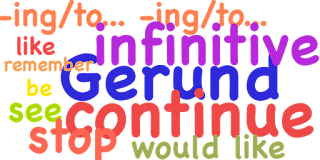Tenses (Present, Past and Future Tense)

Tense means the indication of a point of time which refers to the action happened, happens or will happen. There are three types of tenses in English. i. Present tense ii. Past tense iii. Future tense Present Tense Each of the types of tenses has four different forms. Present Indefinite Tense Present Progressive (Continuous) Tense Present Perfect Tense Present Perfect Progressive (Continuous) Present Indefinite Tense The present indefinite tense, also known as simple present tense, states a stative or habitual or true action. Generally simple present tense is used to indicate an action which happens – always, regularly, every day, daily, normally, generally, usually, occasionally, sometimes, often, rarely, frequently, nowadays, naturally, seldom, constantly, never, every a week, every year, once a year, on a week, at times, at present, now and then, or all the time. Sentence structure: Subject (3rd person singular) + main verb+s/es (5th form). Subject (except 3rd perso...





